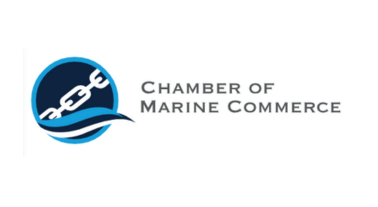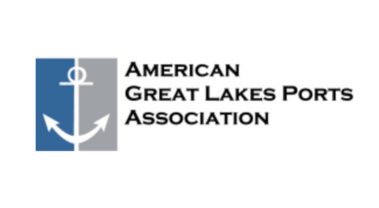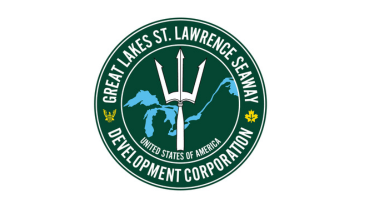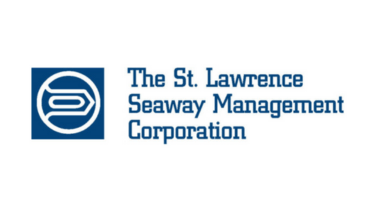Martin Associates was retained by a coalition of Great Lakes – St. Lawrence Seaway maritime industry stakeholders to conduct a survey of vessel operators, ports, terminals, government agencies and other entities to quantify the level of investments made in the Great Lakes and Seaway navigation system over a ten-year period (i.e. the last five years and the coming five years – 2018 to 2022, and 2023 to 2027.)
By quantifying these investments, we can support long term planning and the achievement of economic development goals, while also building confidence in the future viability of the navigation system.
The investment study shows that CAD$ 10.9 Billion (USD $8.4 Billion) has been committed by the public and private sector in Great Lakes – St. Lawrence Seaway System infrastructure for the period between 2018 and 2027.
This significant level of investment demonstrates four key facts:
We are building on our competitive strengths – The marine shipping industry is focused on maintaining and building on its leadership as the most efficient, reliable, and sustainable way to move cargo;
We are supporting sustainable economic growth – There is broad recognition that economic growth and net zero ambitions cannot be achieved without significant investment in marine shipping;
We are vital to the global economy – Seaway infrastructure and its users provide a key conduit for commercial activity for North American businesses – a vital conduit that requires continuous investment to maintain; and
Our industry is doing its part – as the world undergoes a historic shift towards more sustainable practices, the marine shipping industry is actively investing billions to be a leader in the transition, and not relying on incentives.
Marine shipping will continue to lead the way in supporting high quality job opportunities, maintaining supply chain strength, and driving sustainable economic growth through its substantial investments it makes in R&D and infrastructure.
Martin Associates of Lancaster, Pennsylvania, is a leading provider of economic analysis and consulting services to the maritime industry. Since 1986, the company has developed more than 1,500 economic impact, strategic planning, financial feasibility and market studies for major ports and waterway systems throughout the United States and Canada, as well as for ports in Europe, Asia, Africa, and the Caribbean. Martin Associates’ clients include port authorities, marine terminal operators, private investment groups, ocean carriers and federal, provincial, and state governments, as well as maritime trade organizations.
The study is a conservative estimate of overall investment – more than 800 individual companies and government agencies were surveyed by Martin Associates to produce this comprehensive study, but nevertheless there are limitations regarding the information that could be produced. Specifically, there are three limitations that make the numbers presented a conservative estimate of actual investment:
1. Response Rate Limitation: the study achieved an impressive response rate of nearly 70% from the organizations contacted. While that is a great response rate, readers should understand that no survey could be expected to capture the full scope of investment with a perfect response rate, and so it should be understood that actual investment is larger than the numbers reported.
2. Proprietary Information Limitation: For this study, organizations were very forthcoming about their investments in the prior years (as often this information was readily available through public documents). Organizations were less specific about upcoming investments given some of the information was proprietary, making it difficult to link future investment to specific activities.
3. Only New Investment Captured in the Study: As the study is focused on investments that enhance marine shipping on the Great Lakes – St. Lawrence Seaway, maintenance investments were not included.
Martin Associates was retained to perform this analysis by a coalition of U.S. and Canadian Great Lakes and St. Lawrence marine industry stakeholders. The study sponsors are:





